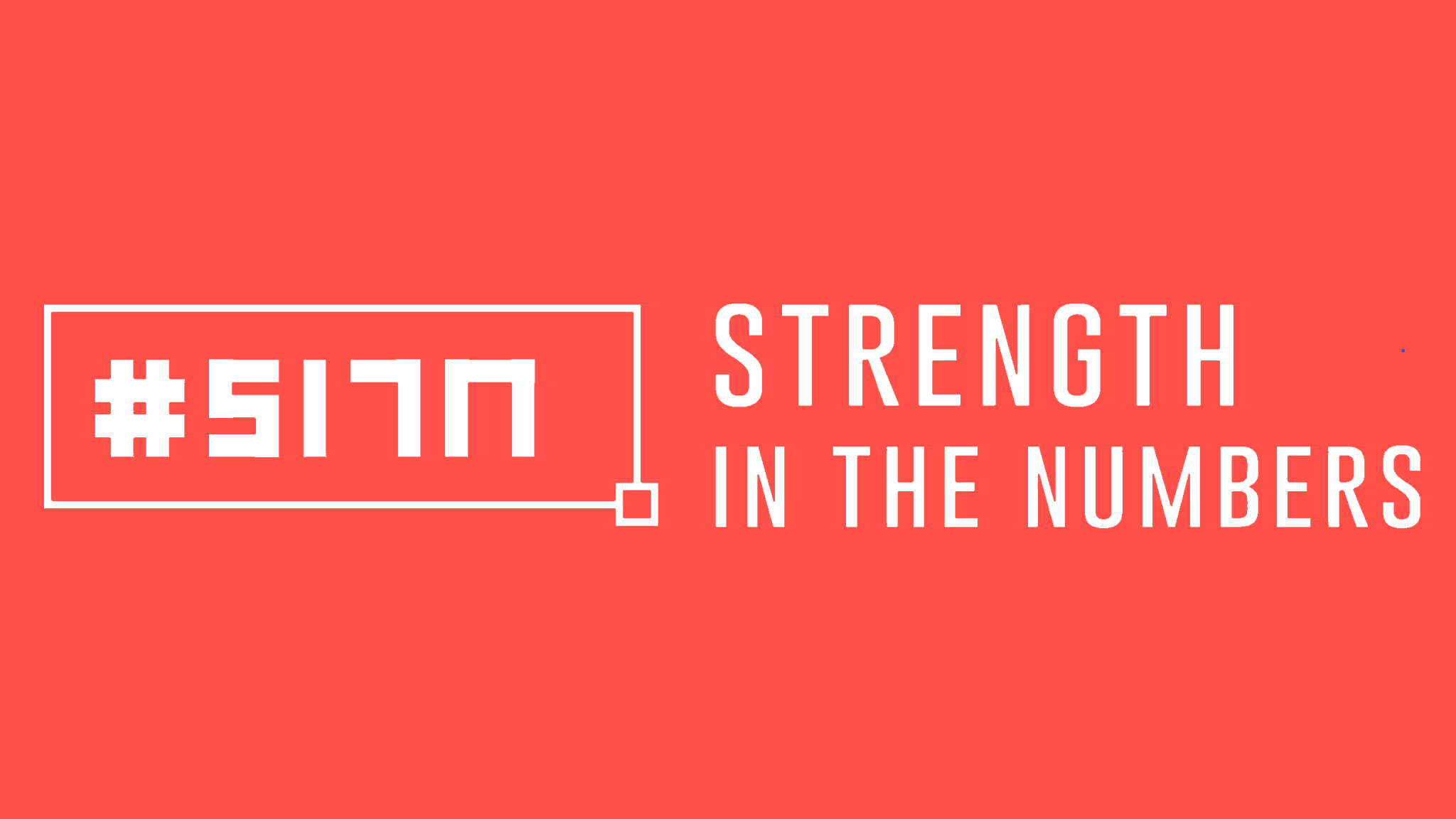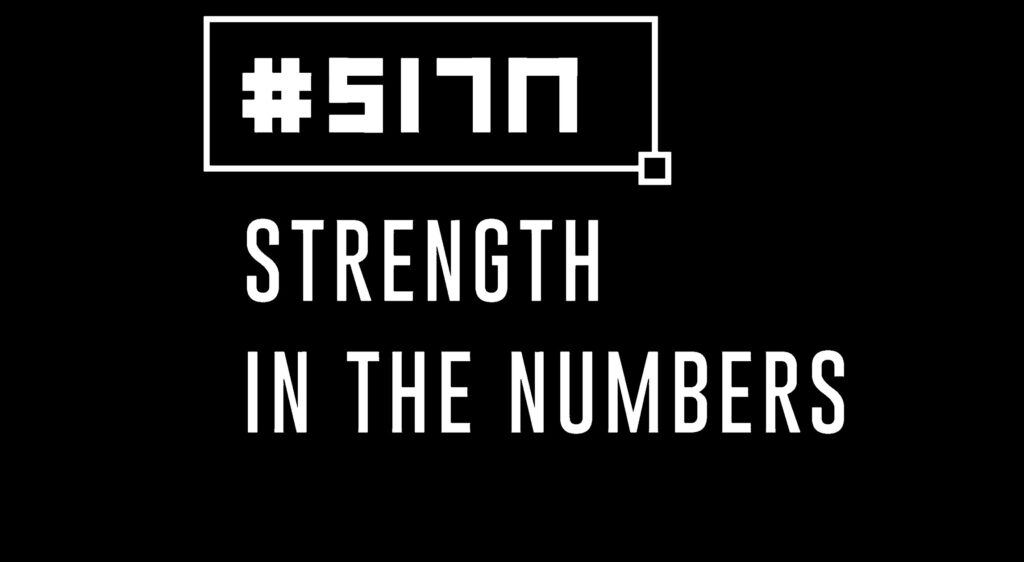“Are you Solving the Right Problems?”
It’s a well-known legend about the millions NASA invested in developing a ballpoint pen that could write in zero gravity only to realise they were solving the wrong problem, a pencil, which is what the Russian cosmonauts were using would be sufficient to solve the problem of writing in space.
In this bite-sized episode I share 3 ways we can ensure if we’re answering this question so that we avoid wasted energy and time, plus have something that is genuinely meaningful to contribute from our efforts.
#FinanceMentor
#SITN
Full Transcript
Andrew: [00:00:00] Hi everyone. And welcome to this week’s Monday memo. And for this week, I’d like you to consider the question, are you solving the right problems? And it comes about because I came across again, this story, I don’t know if it’s fact or fiction about the American space agency, NASA, who said to us invested millions of dollars in trying to develop a ballpoint pen that could write in zero gravity. And it was only when they realized that the Russians had solved a similar problem to Cosmin dots of the Russian space agency found that it was quite sufficient to use a pencil to write in zero gravity. So I suggested that NASA was solving the wrong problem.
[00:00:43] The right problem was how to write in zero gravity, not how to get a ballpoint pen to write in zero gravity. And we see this in business all the time. When you think of the stories, some of you might’ve been familiar with blockbuster video, we’ve covered it on the show before they turned down the deal with Netflix because their management and simply didn’t think customers wanted movies delivered online or via posts to their door.
[00:01:07]Kodak as another one, they didn’t recognize their own invention of digital photography was disruptive. And a more innocuous, one tie rack, the British tie, retailer, these to sell scars and socks and things like that as well. They failed to do their research about their male customers’ behavior, because it turned out that men did most that are buying for ties when they also bought shirts.
[00:01:34] So just selling ties on their own. Wasn’t really a successful strategy. And I think over recent history, the same can be said a lot of accounting and finance teams within organizations. Some of us have been very slow to the game in areas around embracing automation, things like predictive analytics or business partnering, just to name a few areas.
[00:01:55]So why are businesses and finance teams simply guilty of solving the wrong problems? Why are we not finding the right problems to solve or that’s put it another way? Why are we so damn good at solving the wrong ones? My best guess at this. And it’s only a guess is that it’s those wrong problems that are the ones that are the easiest to tap into our existing experience or knowledge or skillsets because. If you’re nervous about going out there and seeking customer or stakeholder feedback.
[00:02:29]The other option for you is to fill any gaps in yourself. And the dangerous thing with all having all that knowledge, particularly given that accounting and finance goes back many thousands of years, is that we tend to assume. To know what our stakeholders and customers want. It’s a bit like the idea when budgeting came in to control costs, we thought that’s what organizations wanted to do.
[00:02:52]And up doing loads of loads, more budgeting, same with cost accounting as well, when that came about. Or even even the ability of computing power to allow us to produce more and more reports rather than questioning whether we needed to do more budgeting or do more reporting. What those things we’re trying to solve, we just did more and more of innovation or slightly improving how we did the reporting in terms of probably doing more.
[00:03:16] I think more pages to giving more and not really moving the needle or solving more of the problems that were in front of folks. And that’s why movements like beyond budgeting or, the agile self-service dashboard type report started cropping up. Because it was much easier for our stakeholders to start doing some of these things for themselves.
[00:03:37]And I suppose the thing is like in any profession, when you’ve been surround by a context that’s been framed for you for many years, both the definition or the solution of a problem becomes clouded by our own biases. And we might not even be aware of those. And that knowledge and experience that we’ve gained over the years could actually be a limiting factor.
[00:03:57] And maybe it’s a disease of finance professionals, but we’re very focused on doing things more efficiently. So doing things right. And probably not as, perhaps as much as we should have been focused on doing more of the right things. So being more effective as a bomber, because finance professionals are really good at solving problems.
[00:04:16]But the trick is how do we know that we’re solving the right ones? And to do that, I try and break this down into three steps based on the advice we’ve had from guest mentors on the show over the last number of years the first one is, are the first barrel maybe where the start is, begin or start with why and for whom.
[00:04:34]So the why around finance professionals and why we exist is normally to protect on lock or grow something like a business or an organization or the finance or resources. Another reason for us existing is to maybe control and contribute towards better decision-making. Both of those reason debtors are our reasons for being.
[00:04:54]Helps ensure organizations are going concerns and also solves for the principal agent problem faced by organizations and the fact that we represent the shareholders. So let’s say there’s a sales leader who wants a report from finance, and they’d probably say they want more insights by region.
[00:05:13]They’re key growth areas, so they know what to go after, but as a finance professional, what they probably really wanted, the sales really wants is. Sales that are going to convert into revenue. So I, those that perhaps have a better history of having customers who pay, what’s the point in putting all this effort into selling, if you can’t book much of the revenue.
[00:05:35] And likewise, if you had a controller who wanted to run an aging of the accounts, payables or stretch out the working capital period That might not exactly be as useful as perhaps checking that the invoices within those suppliers are charged correctly. In the amount of times, I know in my own career I’ve found that suppliers haven’t charged correct rates or contractual rates, and there’s been massive savings in there.
[00:05:57]Even more effective than trying to stretch your working capital cycle. Technology can significantly help, but those two, two problems so the extra work that we would have to do is actually not that much where the work properly comes is trying to get more underneath. Why a stakeholder or an internal customer is looking for a solution to a particular problem.
[00:06:19] It’s a bit like when Henry Ford was, have said, if I asked my customers what they wanted, they would have told me they wanted faster horses as opposed to cars. So what does it mean when they say they want faster horses? Is it that they want a feeling of wind in their hair? Was it the fact that they want to get off their horses quicker?
[00:06:38] Cause it’s perhaps uncomfortable being on them. Is it that they wanted to arrive at their destination? Sooner has probably more, I think it was, but anyway, ultimately to be successful in solving the right problems. We have to start with the why and for whom. And sometimes if we’re coming in from a position of of not really knowing to stakeholders, we might have to build up some trust to begin with.
[00:07:01] And that’s the second step here is to ask have and want questions, maybe maybe this isn’t really getting at what they need, but hear me out to get a while. So more needs you just go on and tell me what you need. You need to observe people over time, you need to build up trust so that they give you opportunities to observe them.
[00:07:19]And the way to do that is ask people what it is that they want versus what they have. That is a gap. If a gap exists between the two of them, you solve for that gap, right? They build trust. You’re delivering value for them. And that’s sufficient trust will allow them to let you more into their worlds.
[00:07:36] So you have more opportunity to listen to them, to challenge them. To observe them. And, customers will rarely hand you the solution stakeholders are inviting you in to help them in some sort of way. Or because of the solutions they’ve had to date. Aren’t exactly the ones that have been nailing it or doing it for it. So the next thing is to build trust. So you get those opportunities and once you’ve been solving for those right problems, the next thing you can do to scale up your impact is literally do that.
[00:08:03] It’s a scale, your impact. Get out there and understand from more stakeholders, share what you’re learning with more people in your organizations, within your professions. It really helps when you have that track record of success to, to build upon from that. So going understand other areas have some months share what’s working, what’s not working so you can help the learning journey much faster.
[00:08:28] Also being that sounding board on independent perspective helps people break out of those biases. I mentioned that might be limiting them from their own existing experiences and knowledge and that’s why we invite guest mentors onto the strength and the numbers show the share with you. Again, those similar stories, probably from different industries, different organizations, different countries, because what works in one area, it might not work also working in other, it might not, but it’s give you an idea perhaps, or I might force you to break out of the traditional ways of thinking.
[00:08:59]That’s one technique that we’ve discussed on the show with mentors previously is this idea of interlocks. Where you bring people together, they check in and they share what their challenges are. And the peers on that call can either help each other. Or you can go take things offline. And again, there’s enough NEF bodies behind it with slightly different angles of view on it to really drive a difference.
[00:09:22] And that’s where finance professionals can really help organizations. We have this badge of independence. But to use it in the right way. Sometimes we need to separate ourselves from our existing knowledge and experiences, which causes bias in solving problems. Anyway, look, I hope you found this episode useful and the three ideas in terms of how to start solving more of the right problems as well.
[00:09:44] And if you did, please remember to share it with your friends and colleagues. You can subscribe on all the major platforms, iTunes, Stitcher, SoundCloud, YouTube, and Spotify. And as always, really appreciate you investing your time with us today. So till next time, take care of yourselves and let’s keep on building our strength in the numbers.

